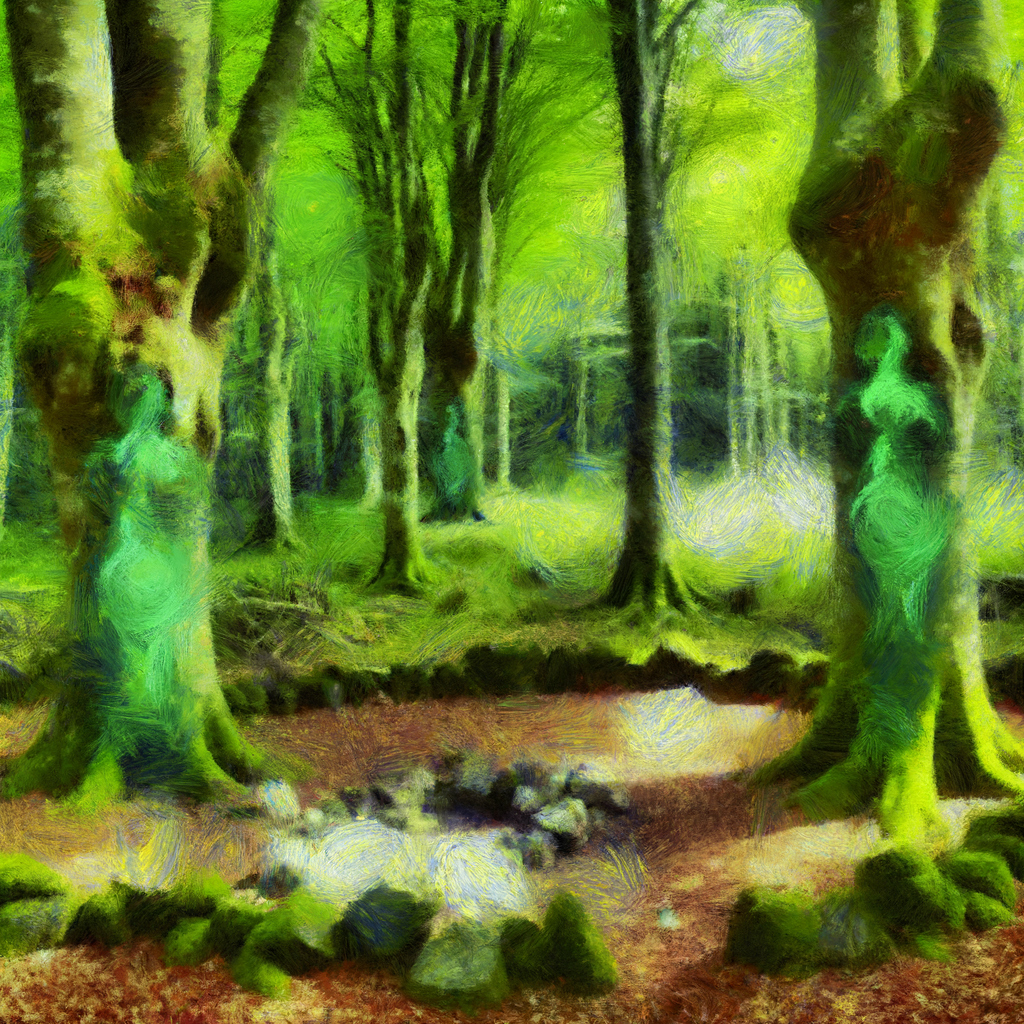Animism is a fascinating worldview that attributes souls not only to humans, but also to animals, plants and even inanimate objects. Although often seen as primitive and irrational, animism is deeply rooted in many cultures around the world and forms the basis for many modern religions. In this article, we will take a closer look at animism, its basic tenets, history and relevance in the modern world.
The essence of Animism
Animism is not so much a religion as a way of seeing the world. Unlike organized religious systems, animism does not have a strict set of dogmas or rituals. At its core is the belief that everything around us is animate and has a soul or spirit. This means that trees, rivers, mountains and even stones are seen as beings capable of feeling, acting and communicating with humans.
In animism, spirits play a key role. They are the ones who influence the fate of people, bringing them luck or misfortune. Therefore, it is important to show them respect through prayers, offerings and rituals. Appeased spirits can become powerful allies, protecting people from evil and ensuring their prosperity.

The Spiritual World of Animists
In the animistic worldview, the boundary between the material and spiritual worlds is very fluid. Spirits can incarnate in various forms, taking the form of humans, animals or natural phenomena. They can communicate with people through dreams, visions or intermediaries such as shamans.
The spirit world is hierarchical. At its top are the powerful deities who created the world and rule it. Below them are the ancestral spirits, taking care of their families, and the spirits of nature, inhabiting forests, rivers and mountains. At the very bottom are mischievous spirits that can cause harm to people.
Animism yesterday and today
Animism is one of the oldest belief systems in the world. It is believed to have been present in most cultures before the emergence of organized religions. With the development of civilizations, animism was transformed, blending into new religious systems.
Many elements of animism can be found in Christianity, Islam or Buddhism. The worship of saints, belief in angels and demons, and superstitions related to nature are just some examples of animistic influences on modern religions.
Although animism is often associated with traditional societies, its influence can also be seen in Western culture. Many people believe in the existence of spirits, cosmic energy or that plants and animals have consciousness.
Summary
Animism is a rich and complex belief system that has shaped human culture for millennia. Though often treated with disdain, animism offers a unique way of viewing the world, in which humans are an integral part of nature rather than its master. At a time of growing environmental awareness, it is worth taking a closer look at animism and its wisdom, which can help us build a harmonious relationship with the world around us.
It is fascinating how animism views the world. Unlike many other belief systems, where humans stand above nature, here we are an integral part of it. It's a very different perspective that can help us build a harmonious relationship with the world around us.
I must admit that this article opened my eyes to many things. I had never considered before that trees or rivers might have souls. I always treated them as something inanimate and inanimate.

